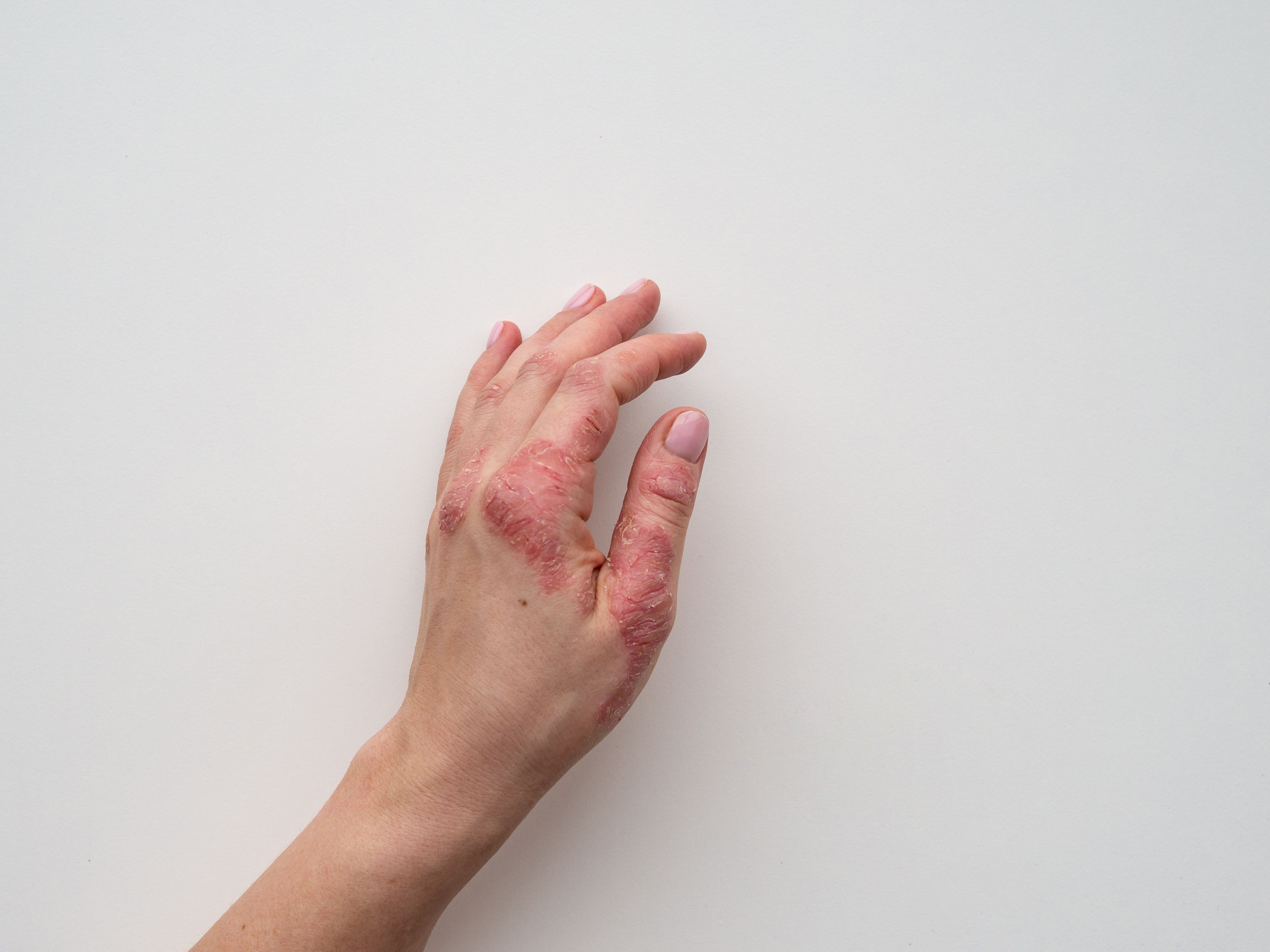Article
Diversity in Dermatology Clinical Trials Remains Unchanged Over Last Decade
Author(s):
This systematic review revealed that although the reporting of racial and ethnic data has increased in recent years, inclusion of minority groups has remained unchanged.
A look into the diversity of patients in dermatology clinical trials is highlighting a need for improvement in representation of racial and ethnic minorities.
Published in JAMA Dermatology, this systematic review revealed that while the reporting of racial and ethnic data has increased in recent years, inclusion of minority groups has remained unchanged, with the researchers calling for additional efforts to support diversity.
“Notable efforts to support diversity in [randomized clinical trials] have been made by the US Food and Drug Administration, including an action plan in 2014 to support industry efforts at improving diversity in clinical trials and publishing concise information about who participated in clinical trials,” wrote the researchers. “However, limited data are available to assess whether these efforts have been associated with increased diversity in dermatology research cohorts with respect to sex and race and ethnicity.”
Collecting data from nearly 400 randomized controlled dermatology trials between 2015 and 2020, the researchers compared diversity findings against those from 2010 to 2015, which were documented by Charrow et al and showed low levels of reporting for race, ethnicity data, and Hispanic representation.
Between the 2 time periods, the reporting of racial and ethnic characteristics of patients enrolled in studies increased from 59.8% to 71.9%. Despite this increase, however, meeting the threshold of at least 20% non-White study participants was unchanged, with 38.1% of trials in both 2010 to 2015 and 2015 to 2020 reporting this threshold.
“The level of racial representation (≥ 20% non-White participants) has not changed from the initial analysis of Charrow et al. Different characterizations of Hispanic identity as race or ethnicity may limit our analysis of Hispanic representation,” highlighted the researchers. “Similar to the prior study, US-based eczema and acne study populations had the greatest racial and ethnic diversity and psoriasis studies were predominantly White (85.2%). While this finding may reflect the slight predominance of White participants reported by several epidemiologic studies on psoriasis, prevalence among other racial groups may be underestimated and should be represented in studies.”
Across the studies included for the 2015-2020 period, those that were government funded, either fully or partially, were more likely to report on racial and ethnic characteristics. According to the researchers, this may be attributed to efforts from government agencies like the FDA to support diverse representation in clinical trials.
The researchers highlighted their finding that inclusion of females in psoriasis studies dropped by nearly half, from 87.2% to 45.0%, between 2010 to 2015 and 2015 to 2020. They note that because the group of studies from 2010 to 2015 were conducted exclusively outside of the United States, gender representation may factor into the difference.
The journal and disease type were associated with female representation in the studies between 2015 and 2020. The researchers offered the example of rheumatology journals, which were more likely to have papers that were at least 45% women than dermatology or general medicine papers.
“The results of this systematic review suggest that while reporting of racial and ethnic data has become more transparent from the 2010-2015 period to the 2015-2020 period,” the authors concluded, “inclusion of representative patient populations (particularly in psoriasis studies) has not statistically significantly changed.”
Reference
Chen V, Akhtar S, Zheng C, Kumaresan V, Nouri K. Assessment of changes in diversity in dermatology clinical trials between 2010-2015 and 2015-2020: a systematic review. JAMA Dermatol. Published online January 26, 2022. doi:10.1001/jamadermatol.2021.5596




